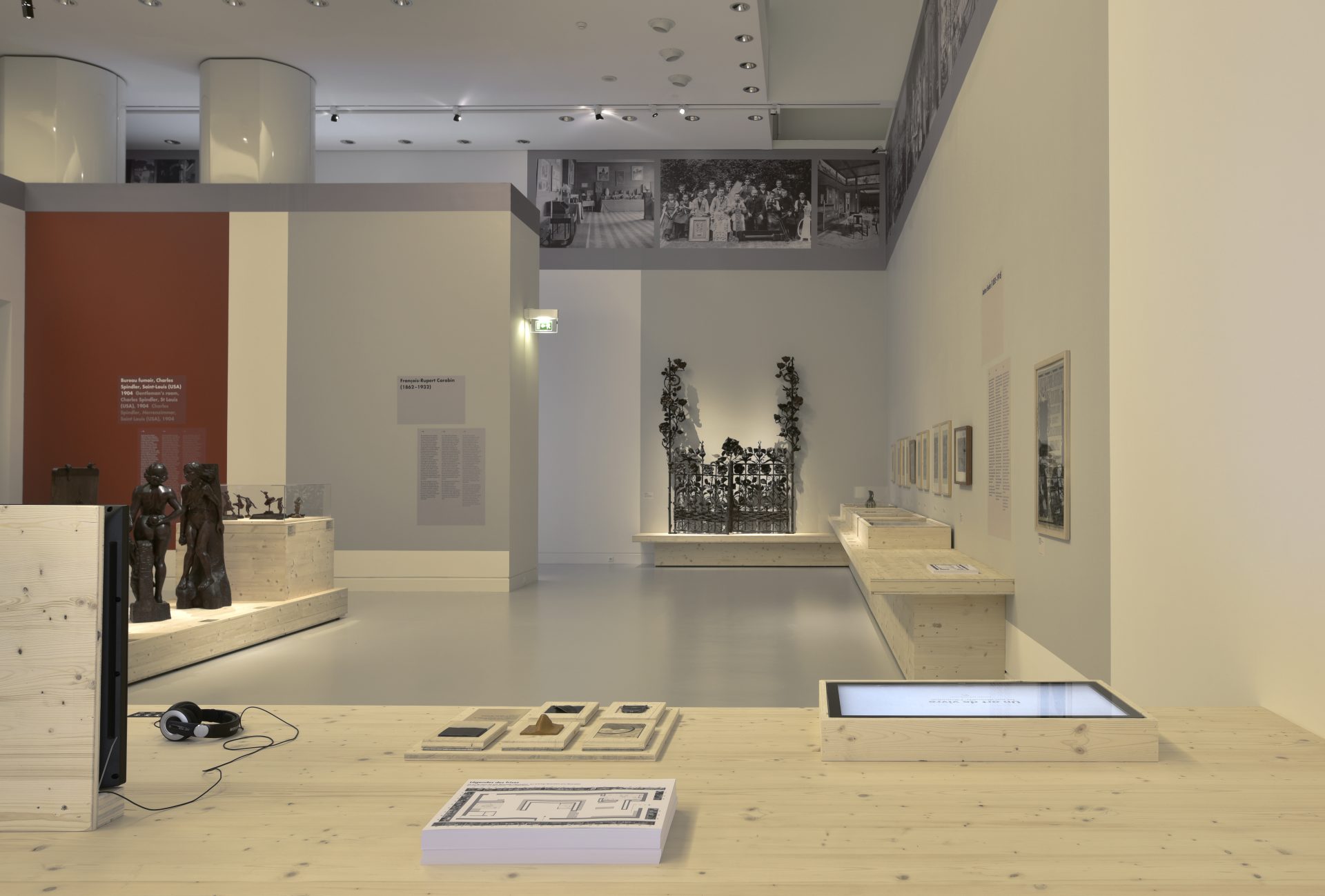

Strasbourg - France
The aim of “European Laboratory, Strasbourg, 1880-1930” is to show how the city of Strasbourg became a laboratory in which new thoughts and forms emerged from the cross-fertilisation, or even opposition, between German, French and, more generally, European cultures.










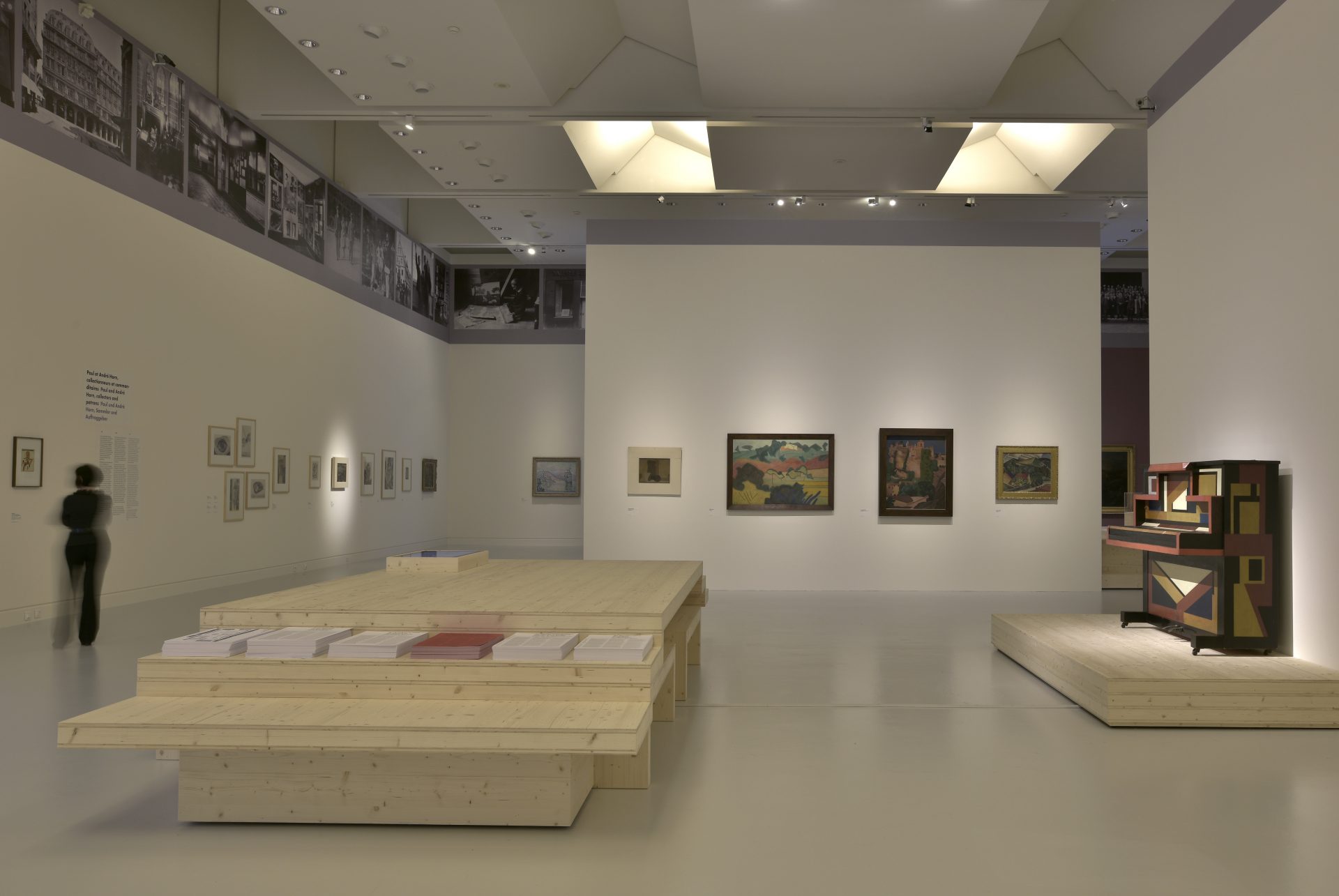

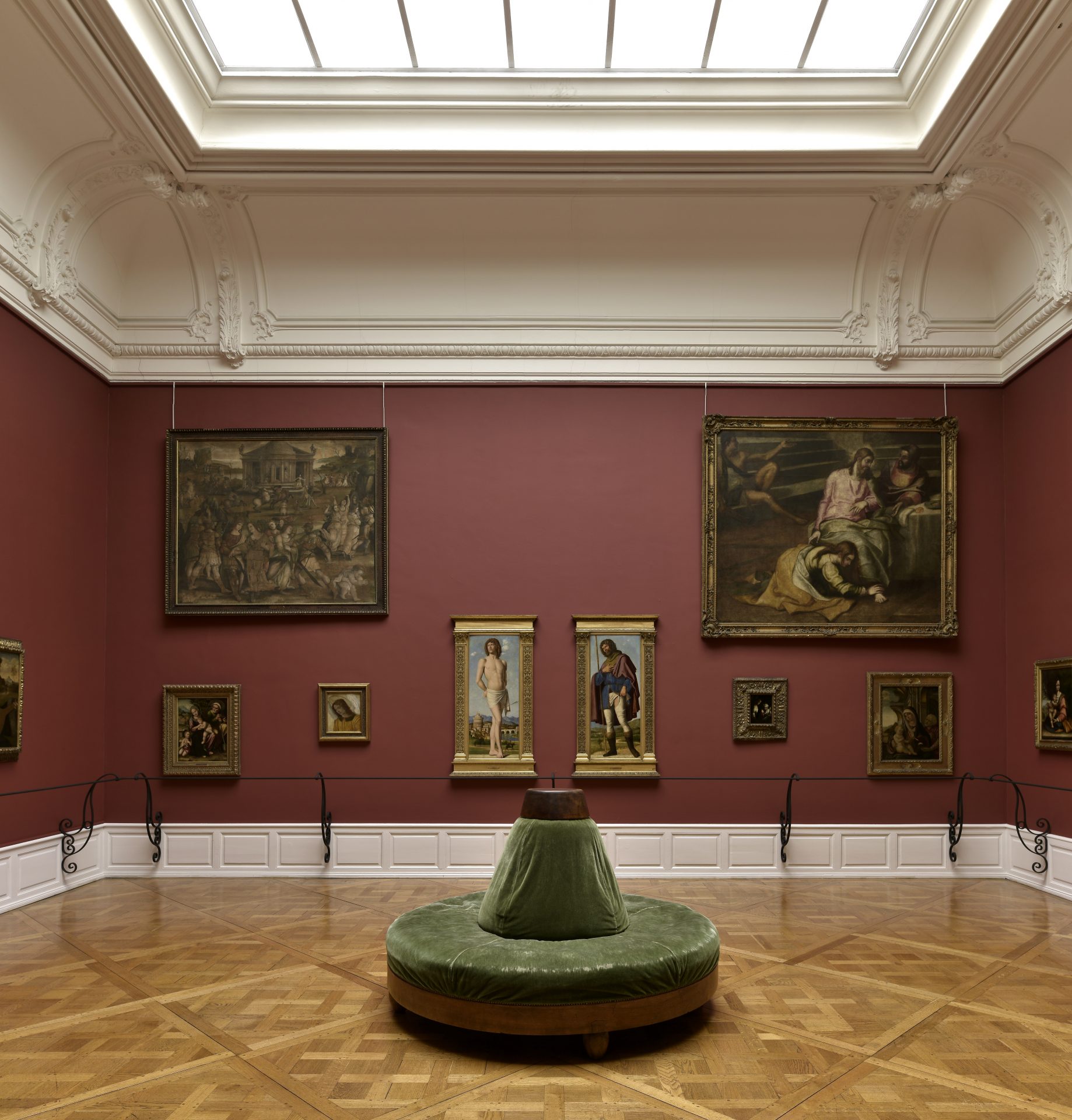

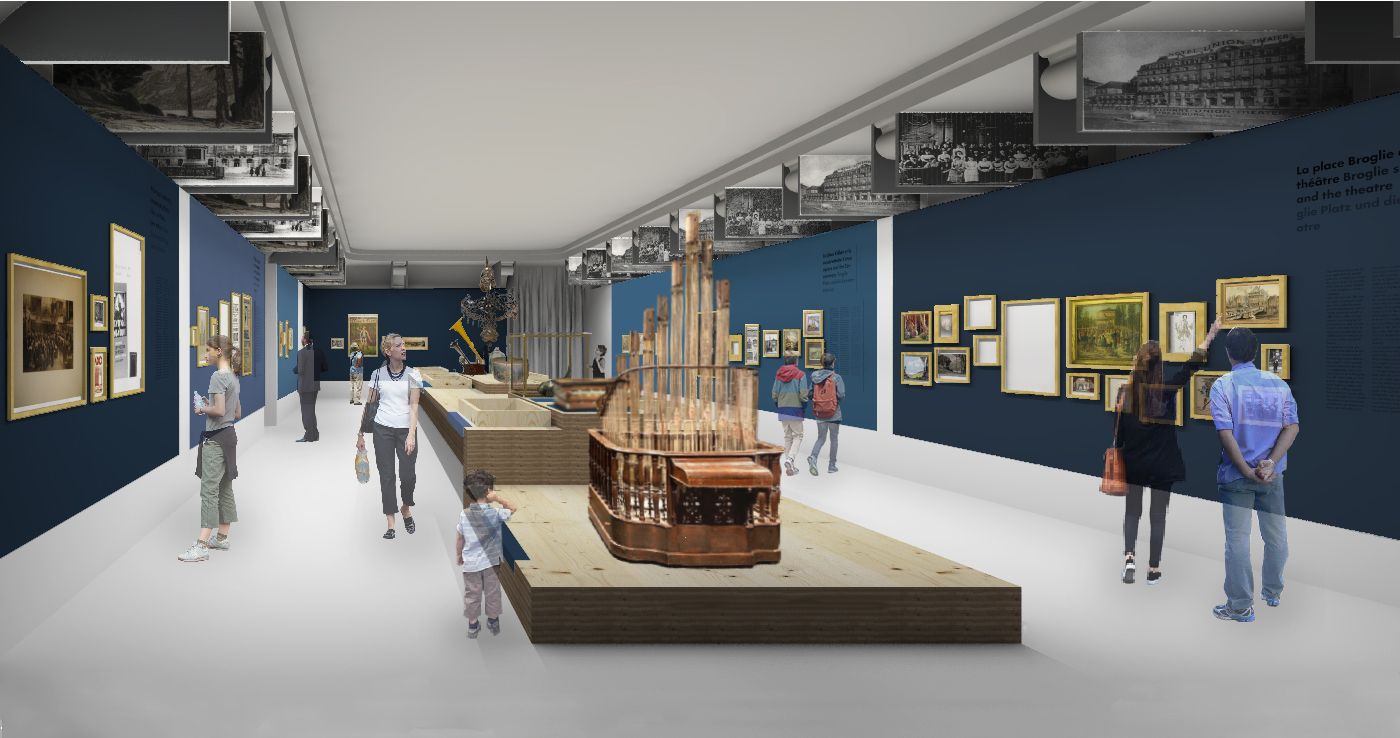

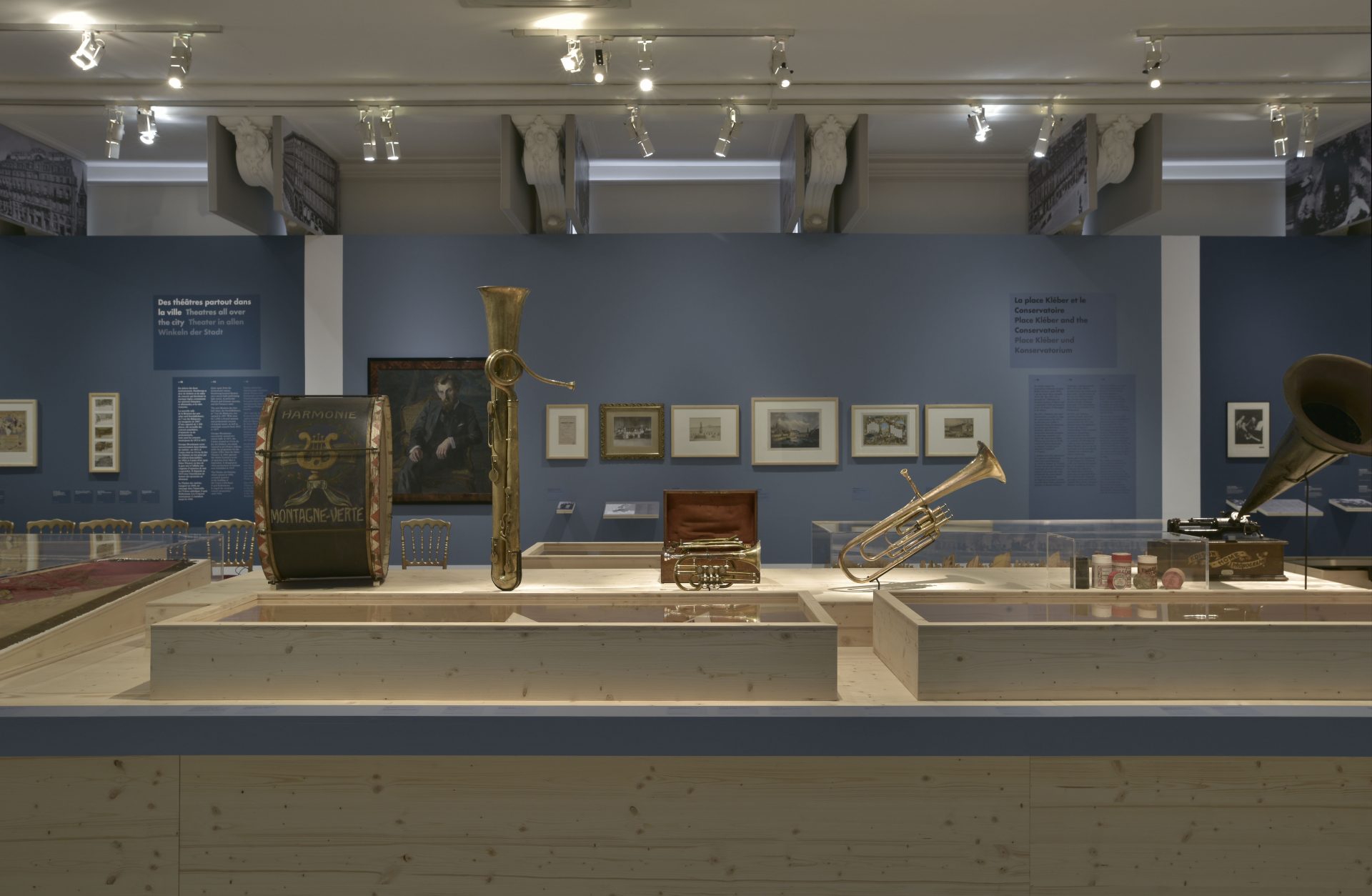



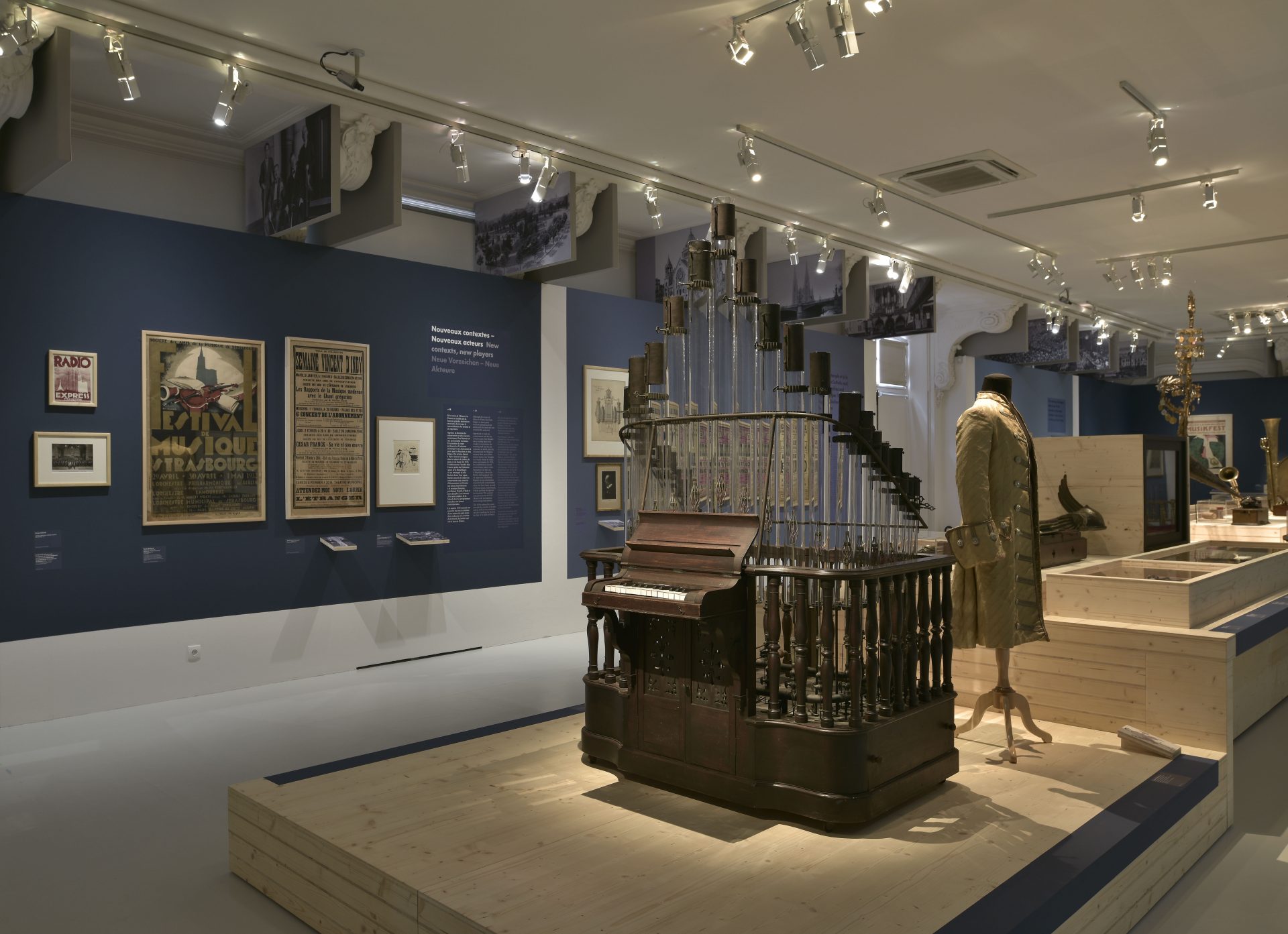





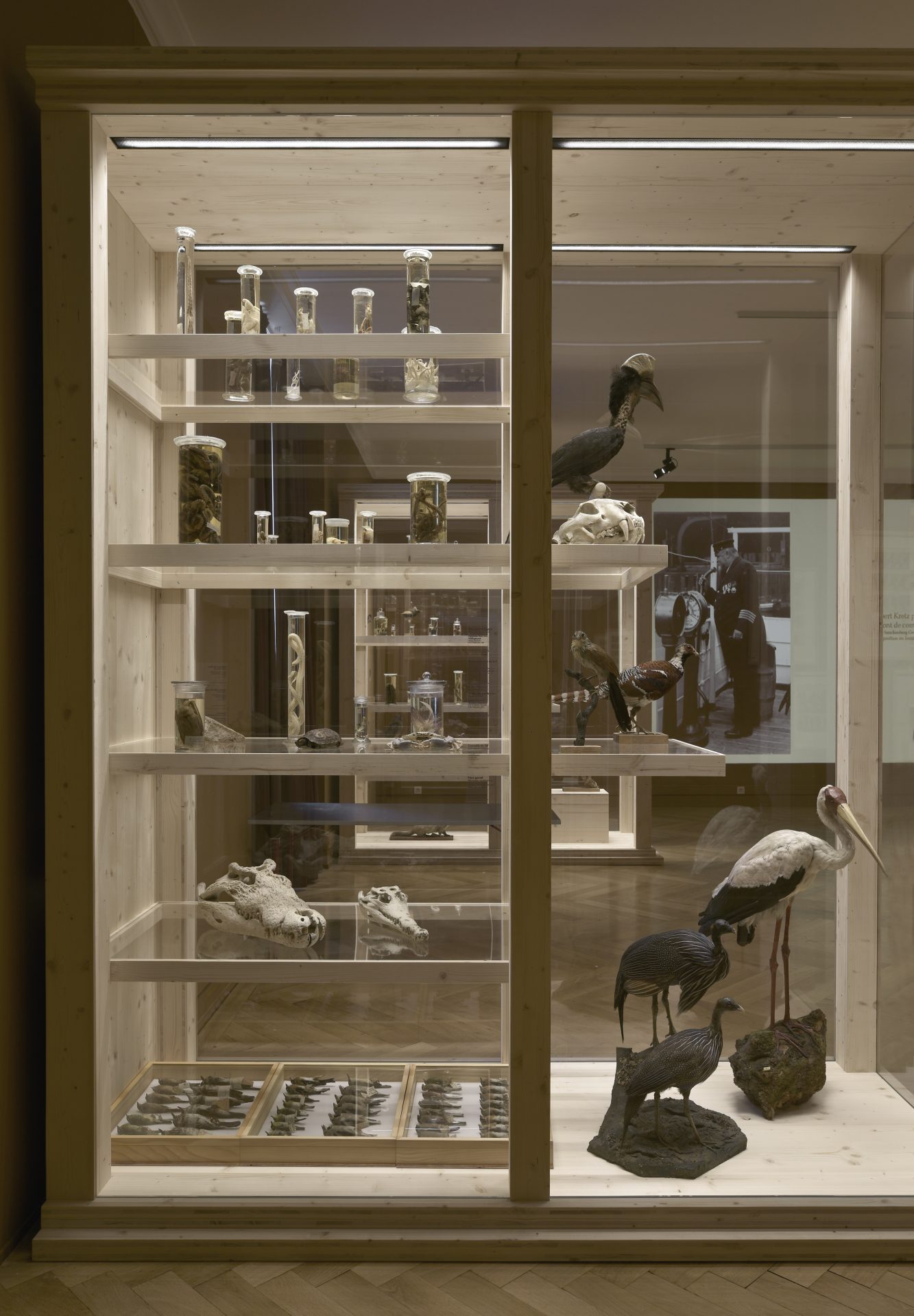



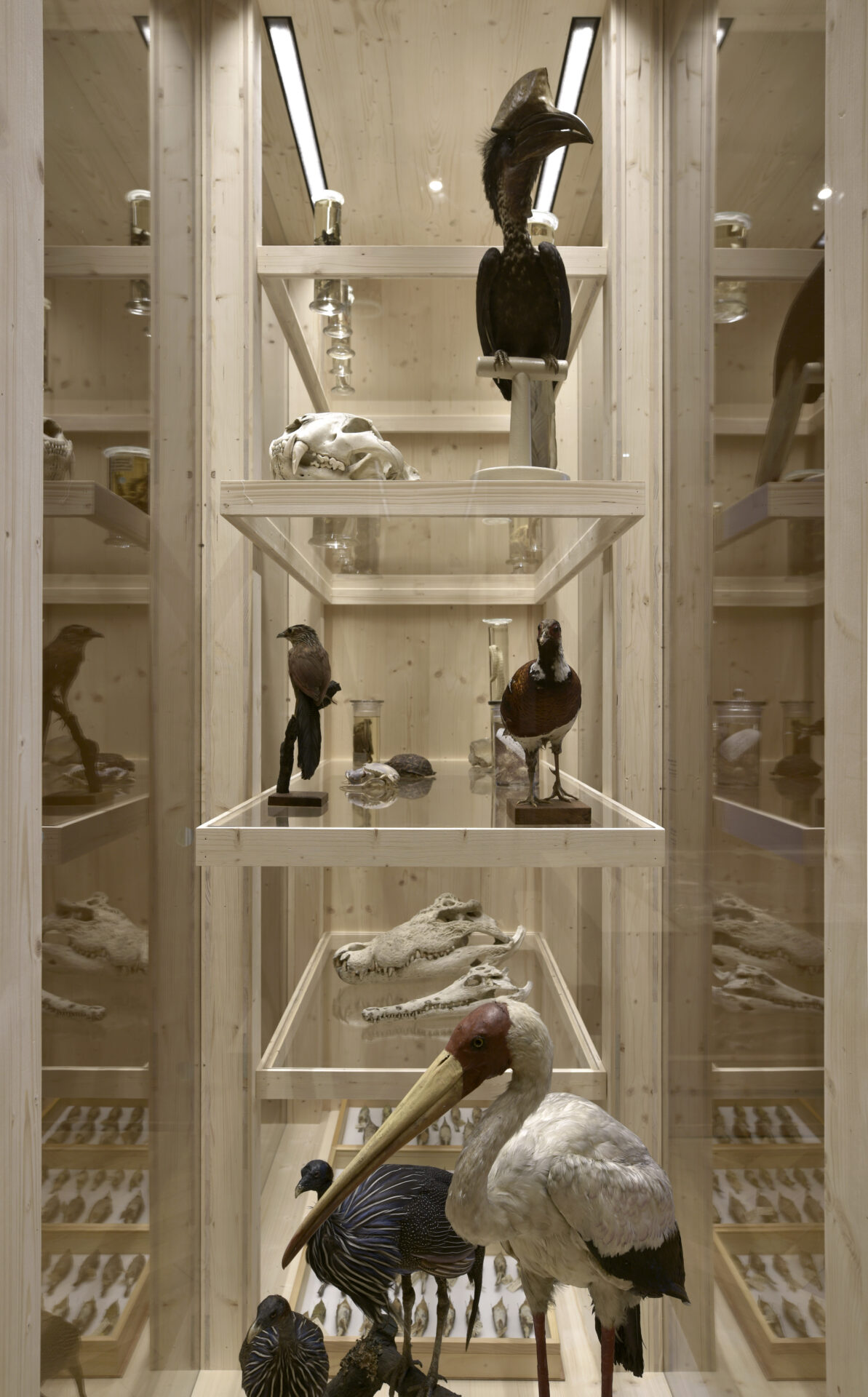

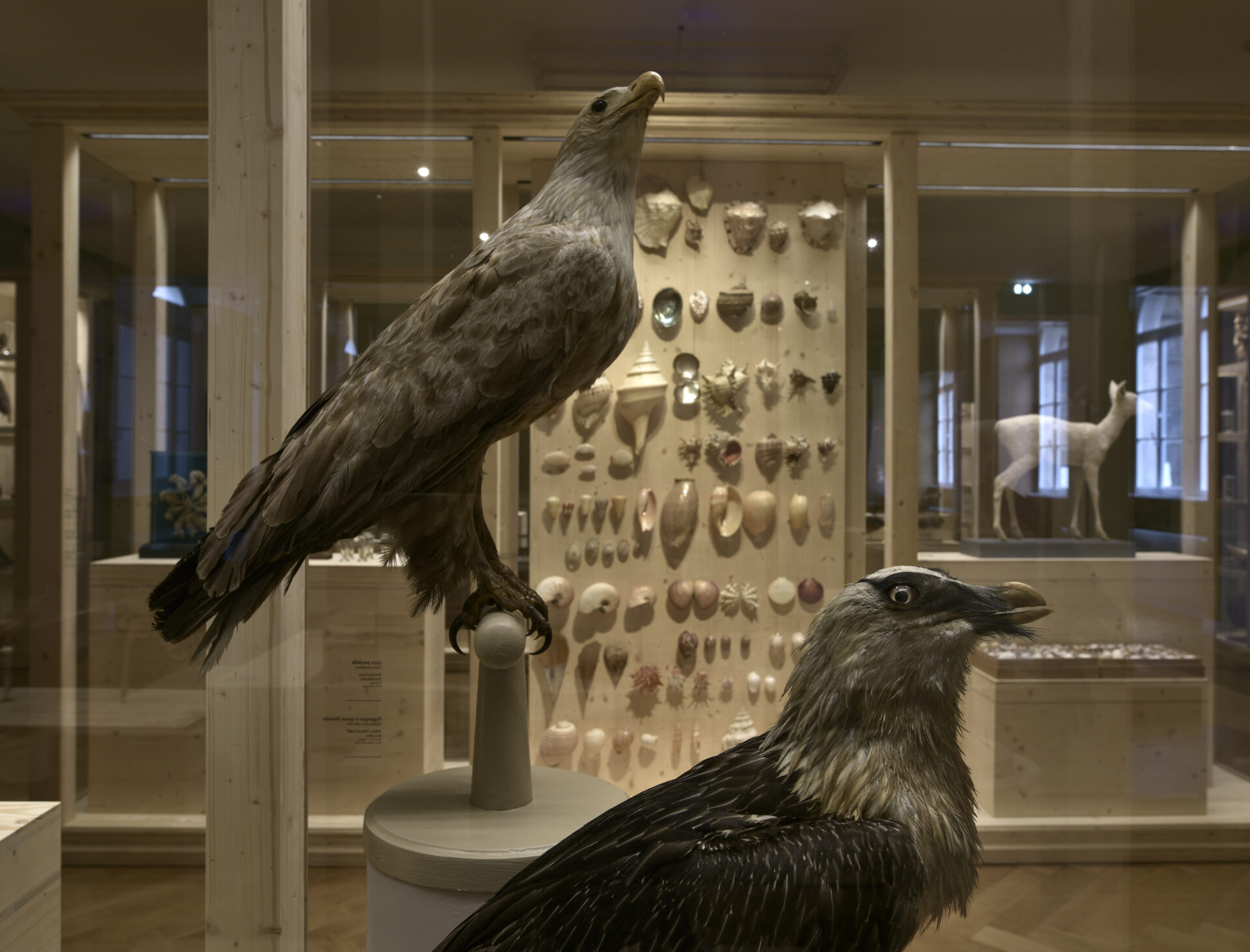



Location
Strasbourg
Client
Ville de Strasbourg, Direction des musées
Year
2017
Phase
Completed
Surface
3 000 m²
Budget
NC
Mission
Design of 4 temporary exhibitions
The aim of “Laboratoire d’Europe, Strasbourg, 1880-1930” is to show how the city of Strasbourg became a laboratory in which new thoughts and forms emerged from the cross-fertilisation and cross-fertilisation, or even opposition, between German, French and, more broadly, European cultures.
The exhibition is spread over four sites:
the Museum of Modern and Contemporary Art in Strasbourg (MAMCS)
the Museum of Fine Arts
the Heitz Gallery of the Fine Arts Museum
the Zoological Museum of the University of Strasbourg.
The galleries located on level 1 of the MAMCS constitute the backbone of the exhibition because their surface area is larger than that of the other three sites and because the themes promote cultural and disciplinary exchanges.
The four themes of the tour are installed there as provided for in the programme:
– Art of living 1900-1925
– Collections as anthropological witnesses
– Artistic life
– Strasbourg and modernity
An exhibition is always more meaningful for visitors if its scenography succeeds in capturing the power of the architecture to translate the spirit of the scientific programme. At MAMCS, we are fortunate to have very beautiful galleries on the scale of 19th century museum archetypes, although they are translated into another architectural language.
For “Laboratoire d’Europe, Strasbourg, 1880-1930”, our conceptual approach aims to enhance the value of these generously proportioned galleries through a resolutely contemporary scenography which, without partitioning the space, allows visitors to see and explore several scales – architectural, museographic, human and temporal – as well as several levels of reading, several parallel narratives whose combinations and articulations speak of the intellectual, scientific and artistic proliferation of Strasbourg during this period.
The space is thus transformed by flat areas of colour and images, both still and animated, which make it possible to weave the large scale of the galleries and that of the collections and visitors.
A frieze of still and animated images about 2 metres high, selected by the curators according to the available documentation, runs along the upper part of the peripheral picture rails, just as the moulded ceilings and cornices limited the height of the coloured picture rails in the Fine Arts museums of the 19th century. The collections are displayed harmoniously on the flat areas of colour chosen according to the thematic groupings and the works they bring together. The white background of the contemporary picture rail appears as a lightening and between the flat areas of colour and reminds us of our contemporary view.
Animated images overflow from the frieze and occupy part of the picture rail.
These levels of reading the photos, films and collections each offer an optimal viewing distance, which allows them not to interfere with their specificities: the close vision of a work is not disturbed by the high – and therefore more distant – vision of the images in the frieze, nor is the vision of a single film. However, the ensemble composes relationships, assemblages and hybridisations in the time and space of the visit.
In the event of heavy traffic, all visitors can see images and films wherever they are, without disturbing each other.
Each gallery has been given a specific treatment according to the theme and different furniture to develop contrasting atmospheres.
Request project PDF
Artistic direction, exhibition design :
Studio Adeline Rispal - Paris
Lighting :
Licht Kunst Licht - Bonn
Signage :
Dépli design studio - Paris
General Commission :
Pr Roland Recht, Joëlle Pijaudier-Cabot
Are you looking for an exhibition designer for your project? Let's talk about it!
We will contact you within 48 hours.
Do you wish to be supported in the preparation of a project?
Let's meet!